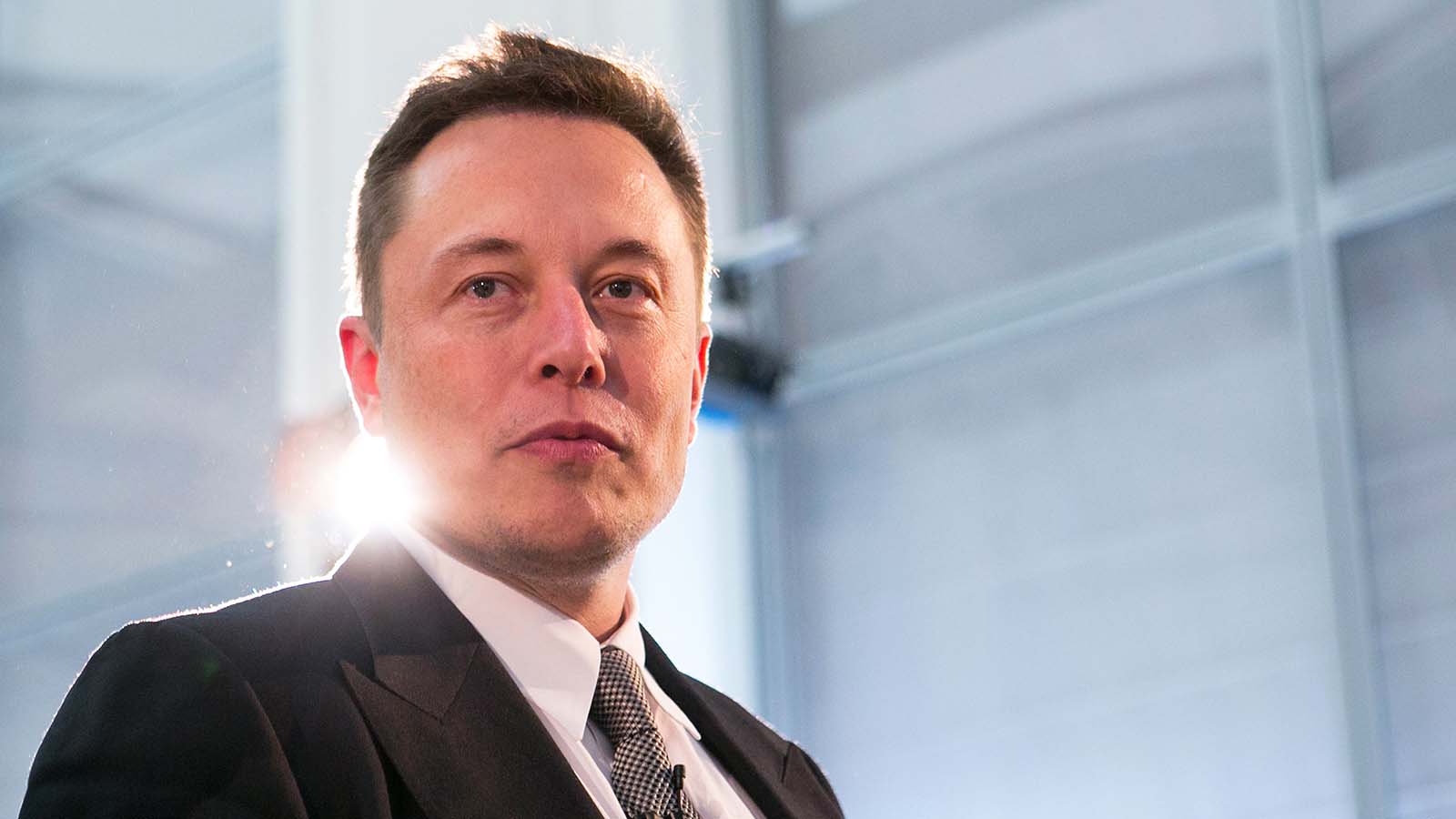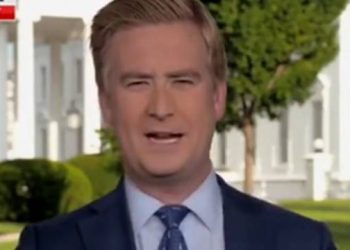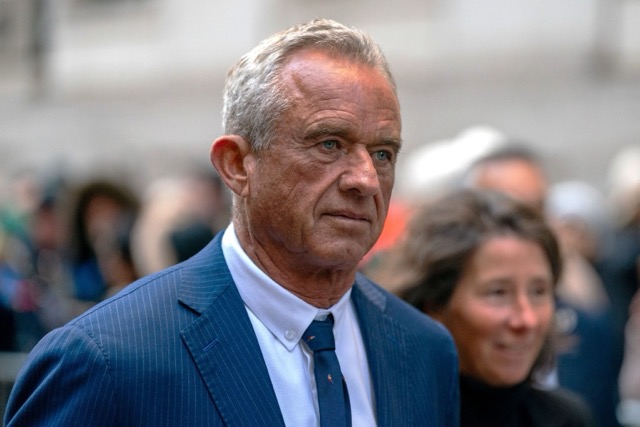President Donald Trump signed an executive order on Tuesday, paving the way for “large-scale” layoffs and requiring federal agencies to further assist the U.S. Department of Government Efficiency (DOGE) in streamlining government operations. The order, titled “Implementing the president’s ‘Department of Government Efficiency’ workforce optimization initiative,” builds on Trump’s January 20 order that established the DOGE.
The directive mandates federal agency heads to prepare for significant workforce reductions, stating they must make “preparations to initiate large-scale reductions in force (RIFs), consistent with applicable law, and to separate from Federal service temporary employees and re-employed annuitants working in areas that will likely be subject to the RIFs.”
Trump tasked Office of Management and Budget Director Russell Vought with creating a master plan to reduce the federal bureaucracy through “efficiency improvements and attrition.” The plan must enforce a hiring ratio of one new employee for every four employees removed, though this ratio does not apply to roles related to immigration, public safety, or law enforcement.
Agency heads are required to develop hiring plans in consultation with their assigned DOGE team leader, ensuring strategic placement of new hires and continued vacancies in positions deemed unnecessary. The order prioritizes the elimination of offices that “perform functions not mandated by statute or other law,” particularly those involved in DEI (Diversity, Equity, and Inclusion) initiatives.
Agency heads may exempt positions essential to national security or public safety. The order aims to initiate a “critical transformation of the Federal bureaucracy” to eliminate “waste, bloat, and insularity” and empower the American people.
According to the Washington Post, adhering to Trump’s hiring-firing ratio and cutting 25% of federal employees could reduce the overall budget by approximately 1%.
Elon Musk, who attended the signing, commented, “You cannot have an autonomous federal bureaucracy. You have to have one that is responsive to the people. That is the whole point of a democracy.” He added, “We had this unelected fourth unconstitutional branch of government, which is the bureaucracy, which has in a lot of ways currently more power than any elected representative. It’s just something we’ve got to fix.”
 Telegram is where we really talk. Don't miss out!
Telegram is where we really talk. Don't miss out!








